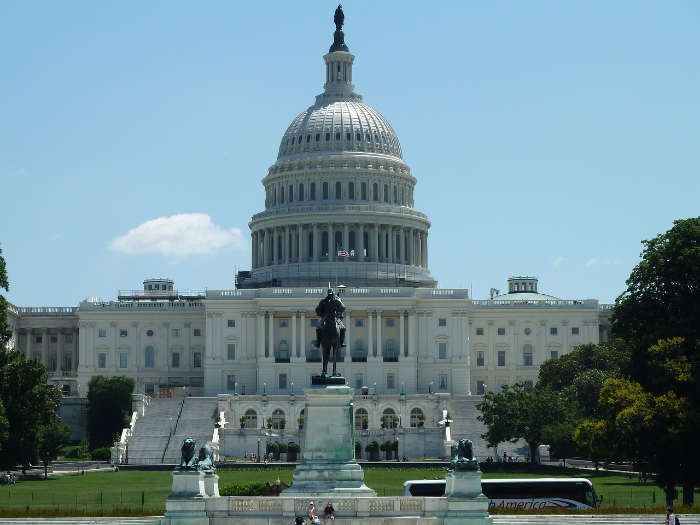Abortion Bans by State 2025
Abortion Legal Status
State | Abortion Legal Status↑ | |
|---|---|---|
| Alabama | Illegal | |
| Arkansas | Illegal | |
| Idaho | Illegal | |
| Indiana | Illegal | |
| Kentucky | Illegal | |
| Louisiana | Illegal | |
| Mississippi | Illegal | |
| Missouri | Illegal | |
| North Dakota | Illegal | |
| Oklahoma | Illegal | |
| South Dakota | Illegal | |
| Tennessee | Illegal | |
| Texas | Illegal | |
| West Virginia | Illegal | |
| Florida | Functional ban | |
| Georgia | Functional ban | |
| South Carolina | Functional ban | |
| Arizona | Very Restrictive | |
| Iowa | Very Restrictive | |
| Nebraska | Very Restrictive | |
| North Carolina | Very Restrictive | |
| Utah | Very Restrictive | |
| Alaska | Legal | |
| California | Legal | |
| Colorado | Legal | |
| Connecticut | Legal | |
| Delaware | Legal | |
| District of Columbia | Legal | |
| Hawaii | Legal | |
| Illinois | Legal | |
| Kansas | Legal | |
| Maine | Legal | |
| Maryland | Legal | |
| Massachusetts | Legal | |
| Michigan | Legal | |
| Minnesota | Legal | |
| Montana | Legal | |
| Nevada | Legal | |
| New Hampshire | Legal | |
| New Jersey | Legal | |
| New Mexico | Legal | |
| New York | Legal | |
| Ohio | Legal | |
| Oregon | Legal | |
| Pennsylvania | Legal | |
| Rhode Island | Legal | |
| Vermont | Legal | |
| Virginia | Legal | |
| Washington | Legal | |
| Wisconsin | Legal | |
| Wyoming | Legal |
- “Functional ban” refers to states in which abortion is technically legal, but prohibited after six weeks, which is before most women realize they are pregnant.
- “Deadline” is the point in the pregnancy after which a fetus may not be legally aborted, though exceptions are often made for cases in which the mother’s life is endangered.
- “Viability” is generally considered to be the range from 24-28 weeks, though some sources place its start as early as 22 weeks.
The landscape of abortion laws in the United States has been shaped by a complex history of legal battles, societal shifts, and political ideologies. Abortion bans, in various forms, have been a recurrent theme throughout this history, with significant developments occurring in different states over the years.
The origins of abortion bans can be traced back to the mid-19th century when states began enacting laws to restrict or prohibit abortion procedures. These early laws were often rooted in moral and religious beliefs, seeking to impose penalties on those who performed or sought abortions.
However, it wasn’t until the landmark Supreme Court decision in Roe v. Wade in 1973 that the legality of abortion nationwide underwent a significant transformation. The ruling established a woman’s constitutional right to abortion, striking down many existing state laws that criminalized the procedure.
Despite Roe v. Wade, efforts to restrict or ban abortion have persisted, leading to a wave of legislative activity at the state level. Some states have enacted trigger laws, which would automatically ban or restrict abortion in the event that Roe v. Wade is overturned or undermined.
Additionally, states have implemented a variety of restrictions on abortion access, including gestational limits, waiting periods, mandatory counseling, and parental involvement requirements. These restrictions have often been justified on grounds such as maternal health, fetal viability, or moral objections.
In recent years, there has been a resurgence of efforts to enact more stringent abortion bans, particularly targeting procedures later in pregnancy or in cases of fetal anomaly or maternal health risks. These efforts have sparked intense legal battles and public debates, highlighting the ongoing tension between reproductive rights and moral values in American society.
As the legal landscape continues to evolve, with new laws being proposed, challenged, and enacted, the issue of abortion remains deeply divisive, reflecting deeply held beliefs and values across the political spectrum.
Sources
- Abortion in the United States Dashboard - KFF
- Where State Abortion Laws Stand Without Roe - Business Insider
- Maps - Center for Reproductive Rights
- Tracking Abortion Bans Across the Country - The New York Times
- An Overview of Abortion Laws - Guttmacher Institute
- Abortion Policy in the Absence of Roe - Guttmacher Institute
- Five States Have Already Banned Abortions After the Roe Reversal - Yahoo News
- These States Will Ban Abortion Now That Roe Is Overturned - Huffington Post
- Abortion Law in the United States by State - Wiki
- Abortion is Now Illegal in These States - Huffington Post
- Tracking the States Where Abortion Is Now Banned - NY Times



















